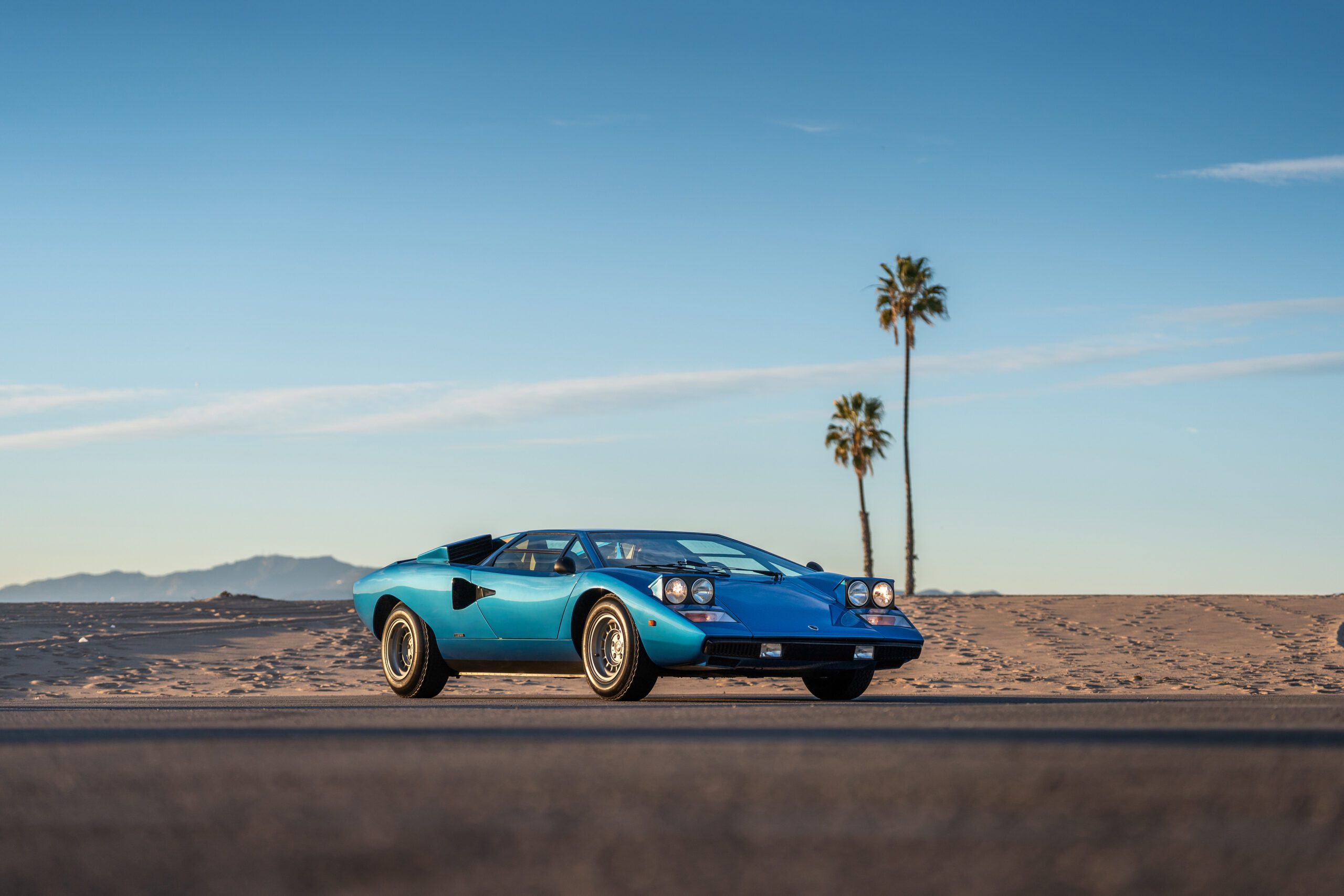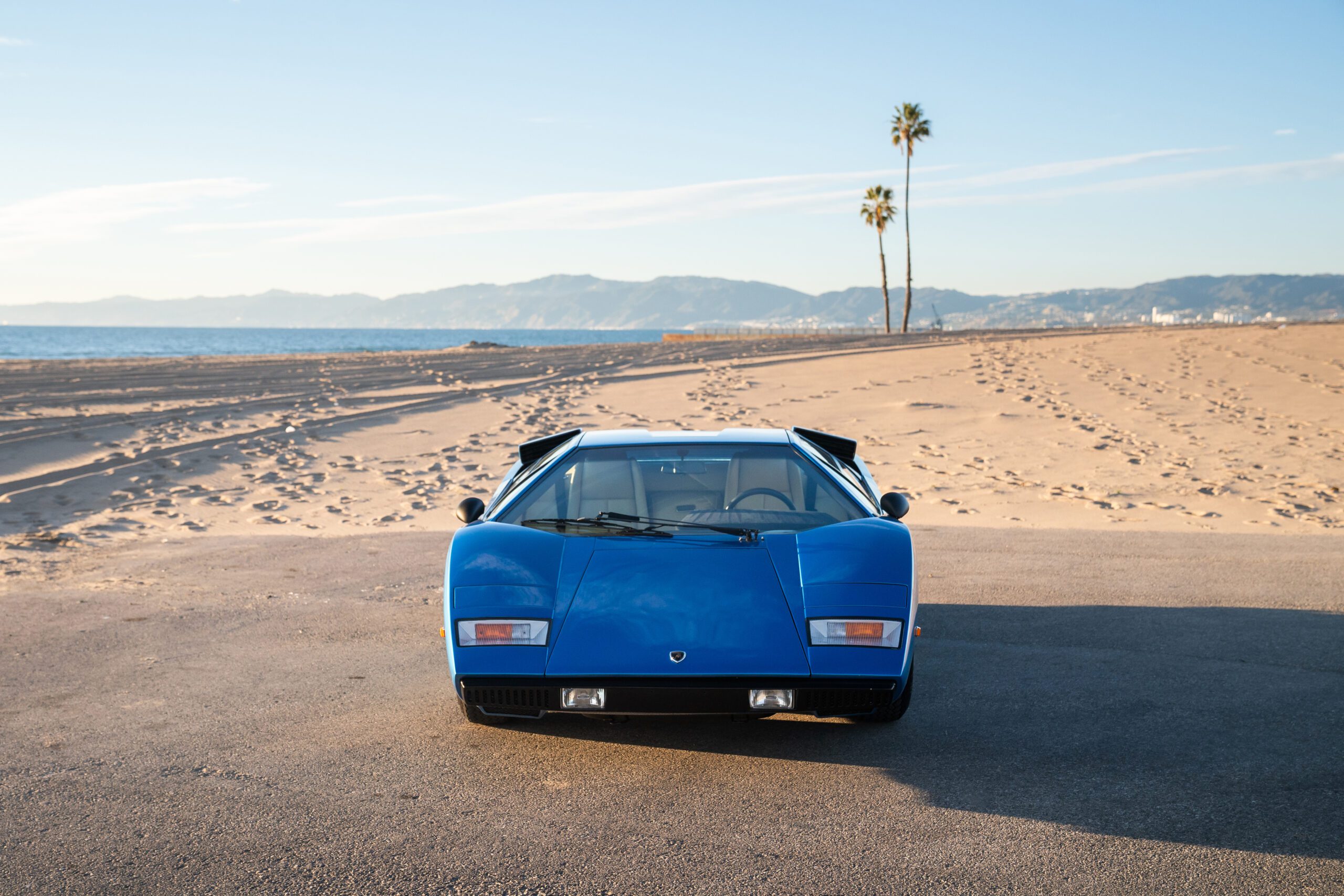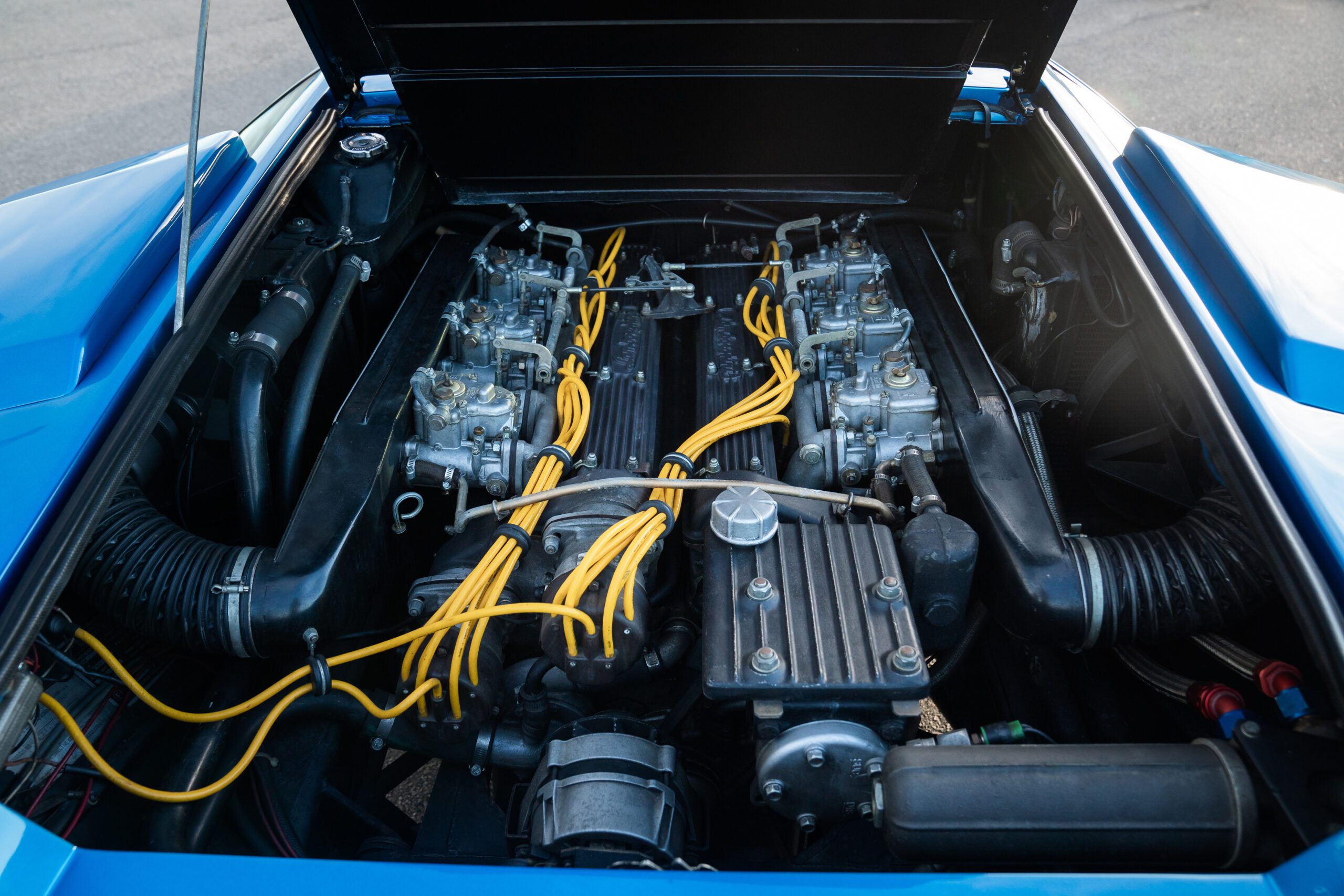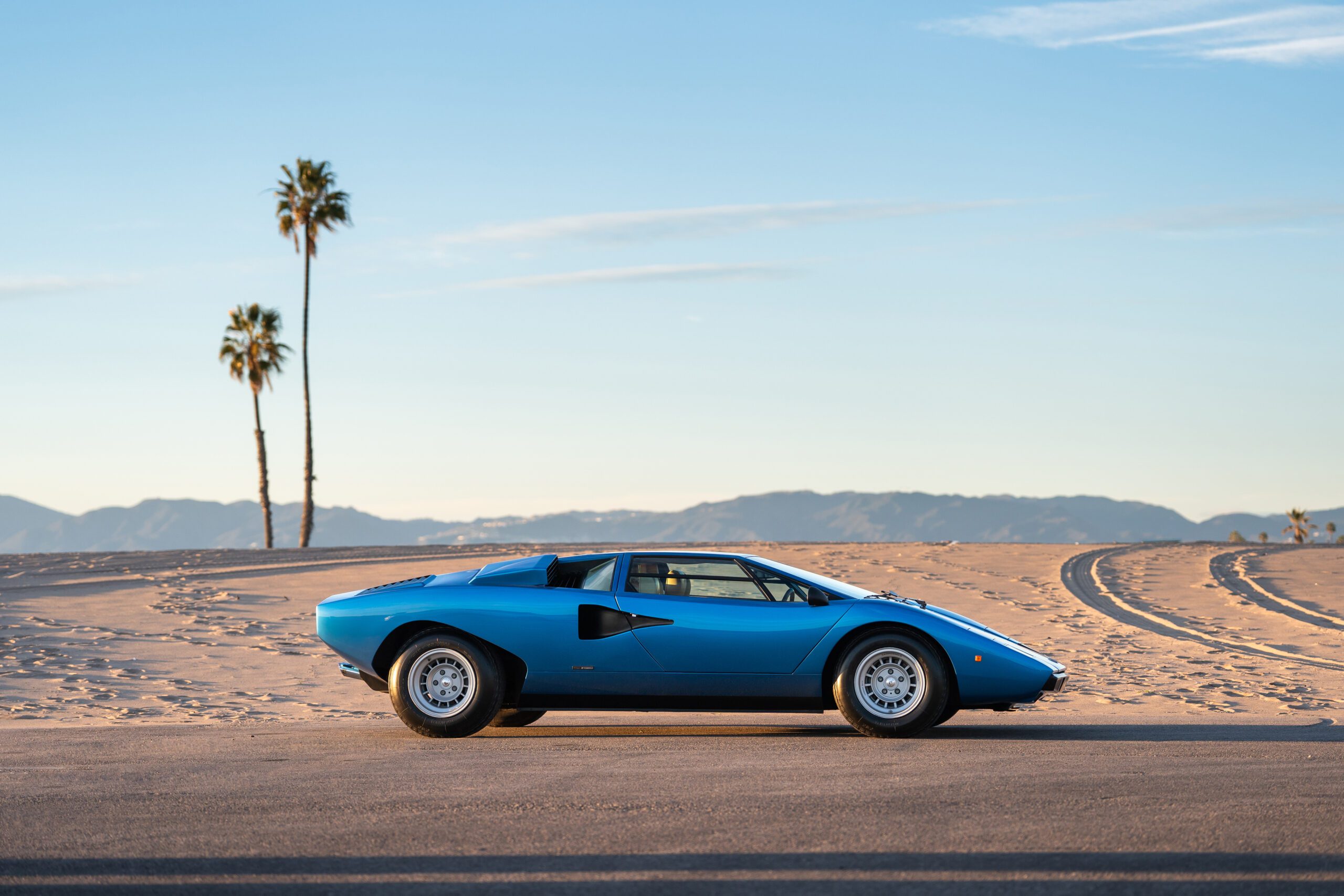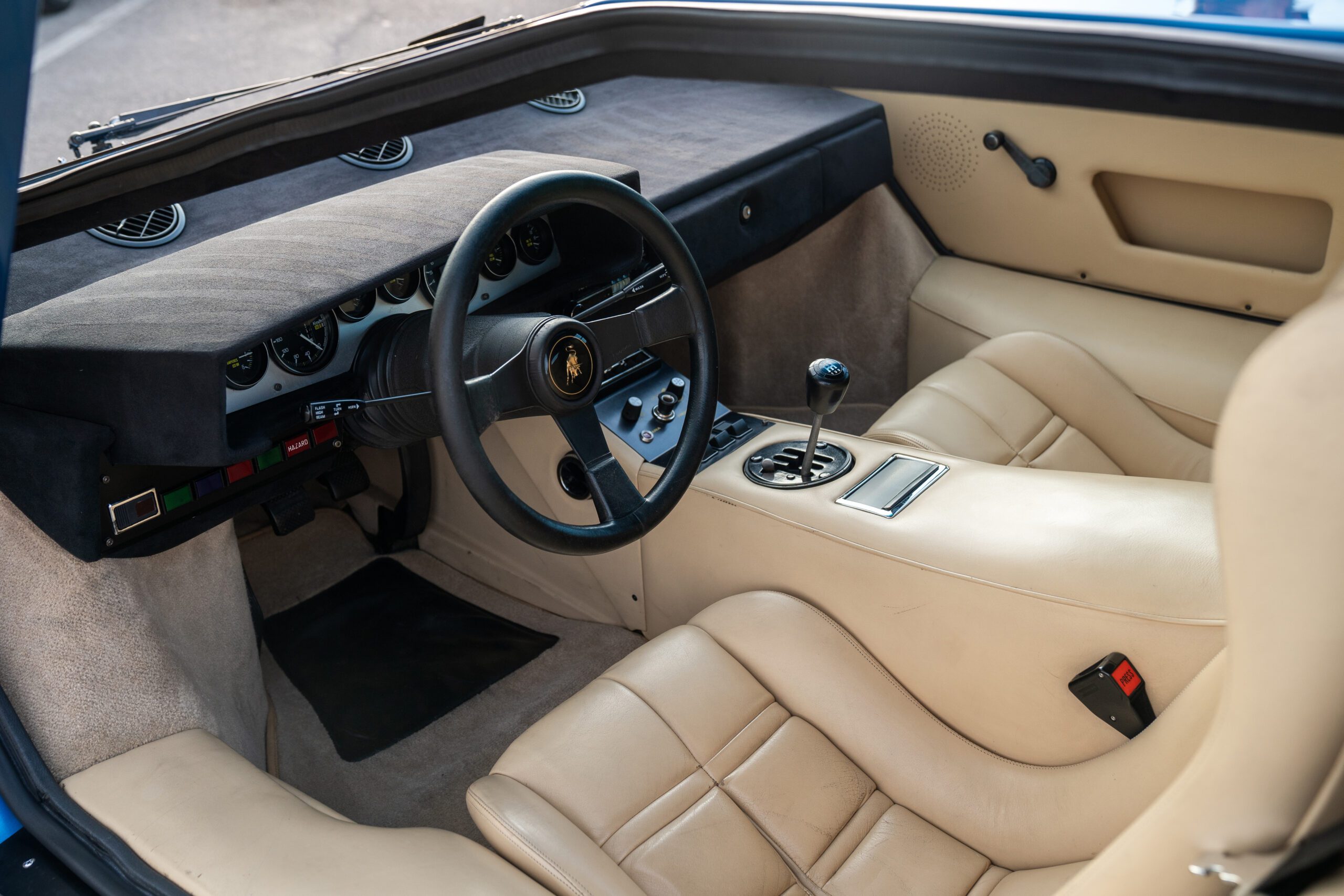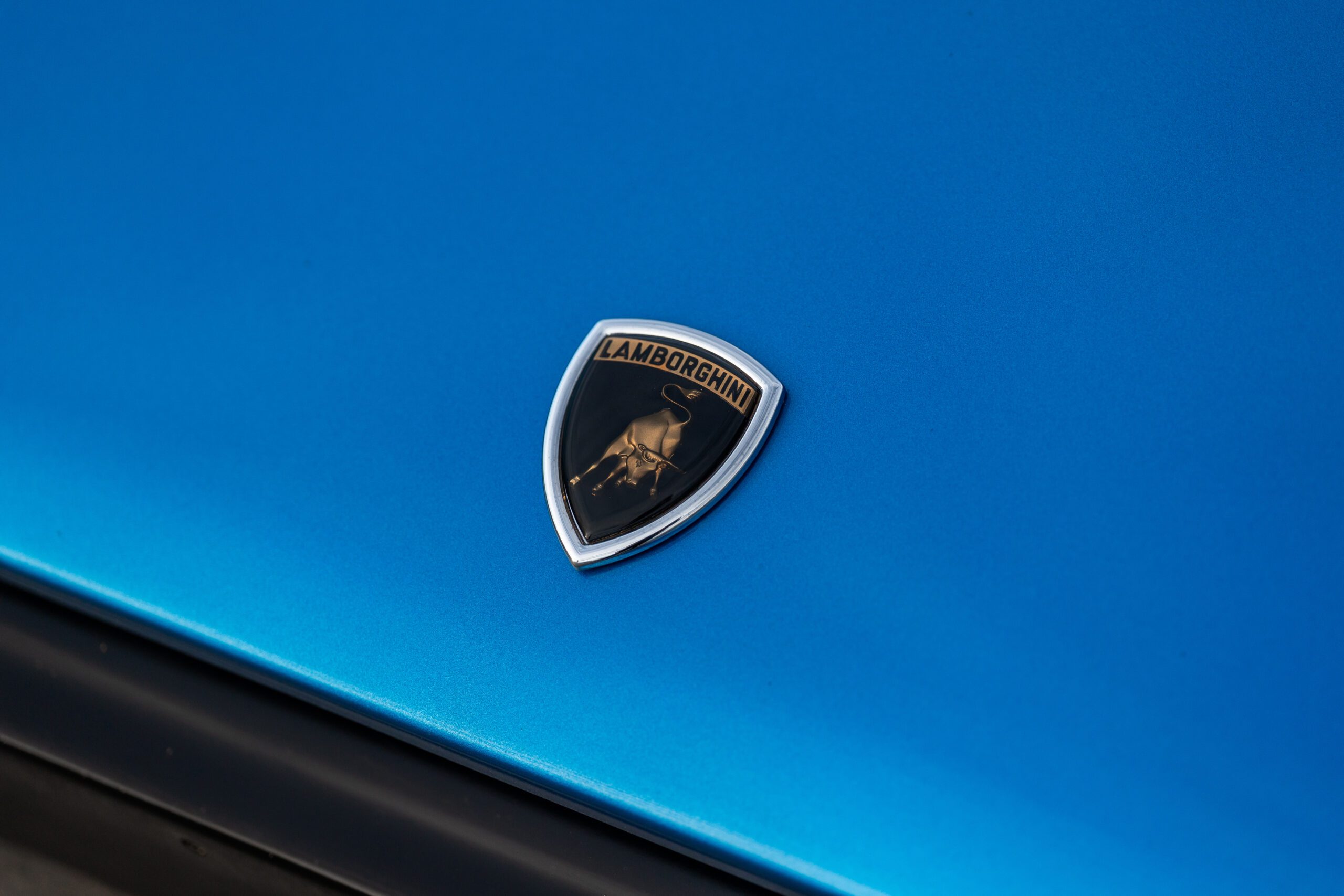The iconic Miura set an incredibly high standard, making the debut of its successor, the Countach, a surprising revelation at the 1971 Geneva Salon. Styled by Marcello Gandini of Bertone, the Countach’s design was nothing short of extraordinary, resembling something out of this world.
Initial reactions were skeptical, with many perceiving it as more of a spectacle than a practical car, owing to its unconventional features like the fold-up doors and futuristic cockpit with limited visibility. Despite criticisms, Lamborghini proceeded with production, maintaining the Countach’s distinctive design largely unchanged.
Underneath its striking exterior, the Countach retained the Miura’s renowned four-cam V12 engine, albeit mounted longitudinally and equipped with side-draught Weber carburettors for improved performance. Designer Paolo Stanzani prioritized weight distribution by placing the gearbox ahead of the engine and the differential at the rear, resulting in a well-balanced car with responsive handling.
The production version, introduced in 1974, featured enhancements including an improved spaceframe chassis and aluminum bodywork. Notably, its unique vertical-opening doors, supported by hydraulic struts, added to its allure. Powered by a standard 4.0-liter engine, the Countach boasted impressive performance, reaching speeds of up to 170mph (274km/h) with its aerodynamically efficient design.
Dubbed the ‘LP400’ by the factory, denoting its longitudinal rear-engine placement, the first Countach, also known as the ‘periscopio’, featured a central periscope for rearward visibility. Despite the reduction in engine size from the prototype, the Countach’s prowess on the road matched its legendary predecessor, solidifying its status as an automotive icon.
Photo Source: RM Sotheby’s







